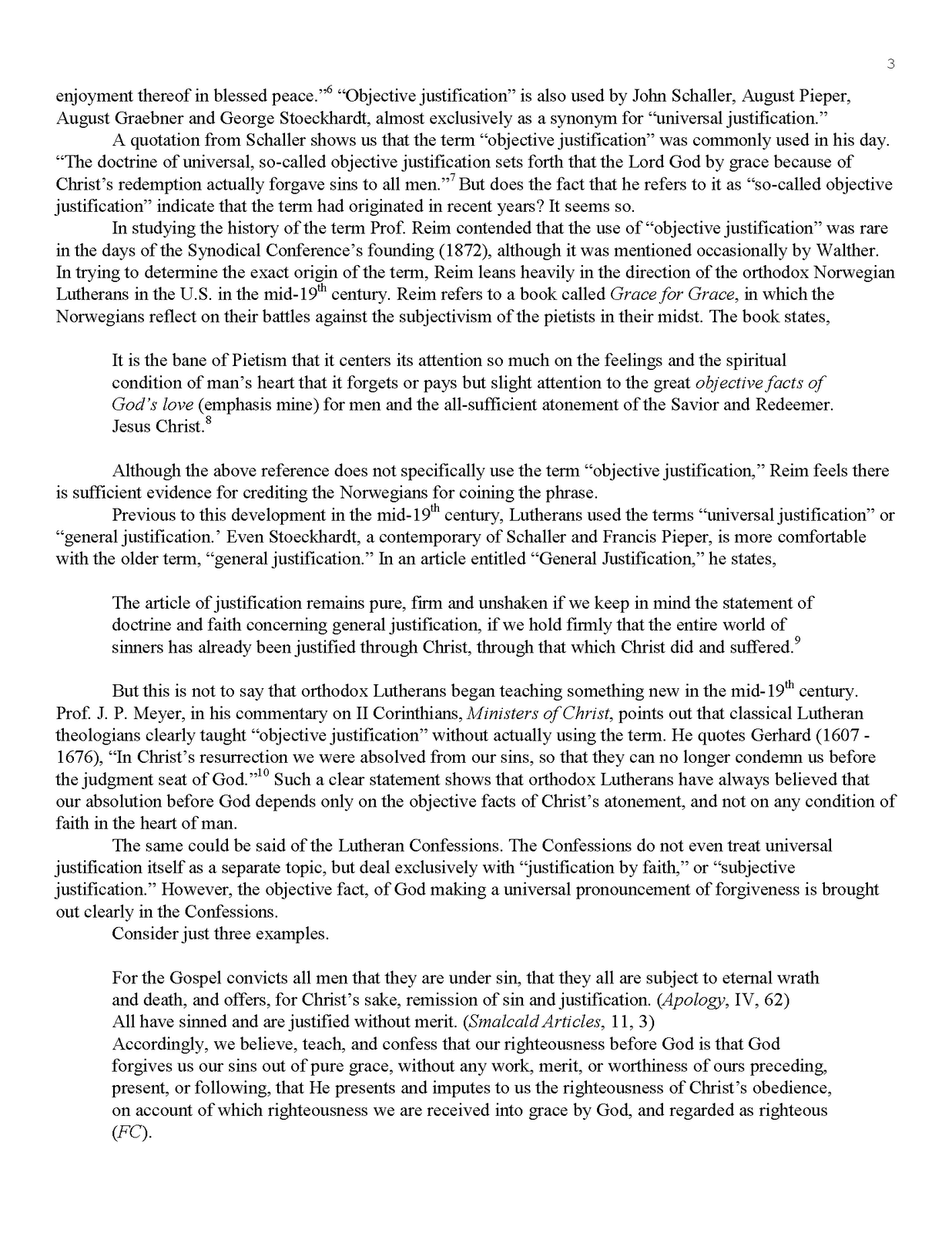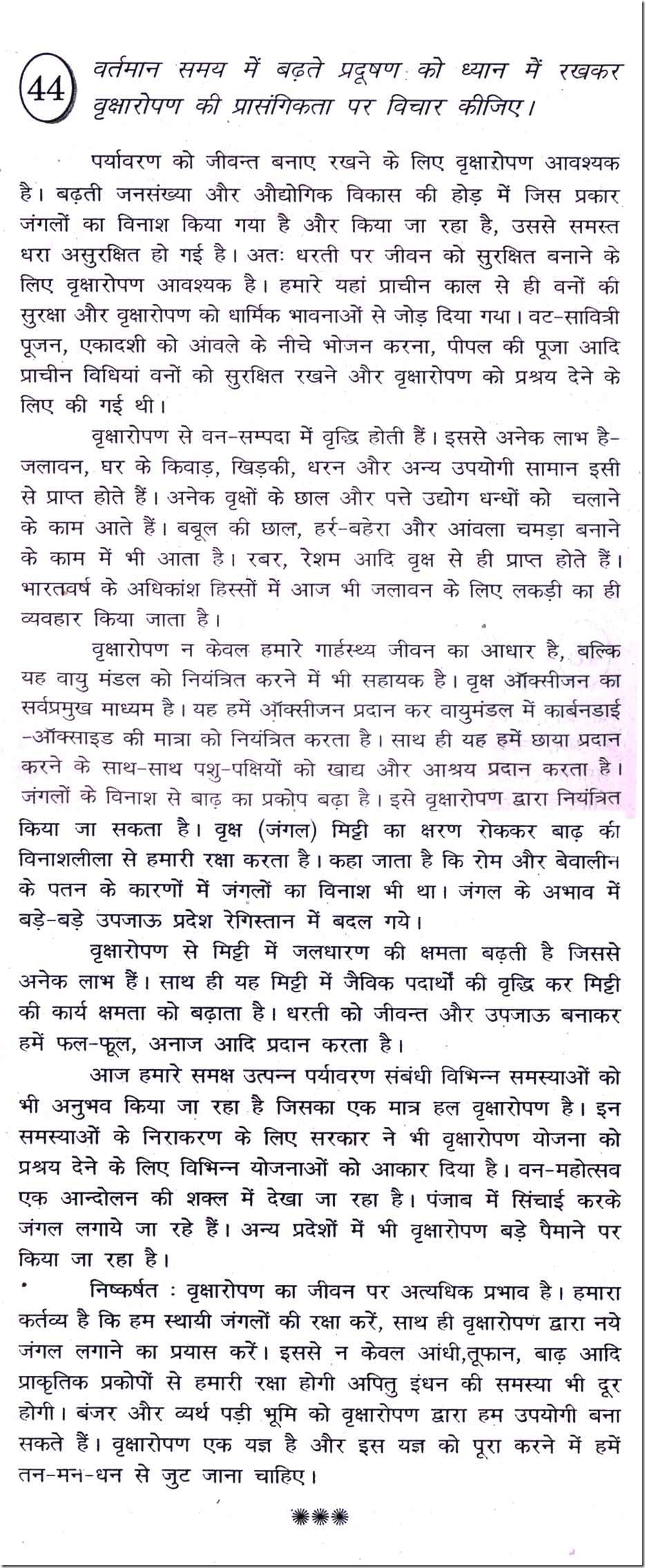Martin Luther King, Jr.: Nonviolent Resistance.
But Gandhi's politics lagged behind his ideology. The first passive resistance campaign was started in Johannesburg in 1907 with, and for, the wealthy South African Indian merchants whom he had so long represented.’ Gandhi’s first passive resistance campaign began as a protest against the Asiatic Registration Bill of 1906. The bill was part.Mohandas Gandhi was born in the western part of British-ruled India on October 2, 1869. A timid child, he was married at thirteen to a girl of the same age, Kasturbai. Following the death of his father, Gandhi's family sent him to England in 1888 to study law.Gandhi's Hind Swaraj is primarily known for its trenchant critique of modern civilization. In Hind Swaraj he also dwells on the condition of India as it has developed under the British rule and tutelage. He makes a basic formulation that under the impact of the British rule India is turning into an 'irreligious' country. He hastens to add that he is not thinking of any particular religion, but.
The book outlines Gandhi’s critique of Britain’s domination of India; it urges the Indian people to reject English customs, laws, and industry in favor of traditional Indian ways. Gandhi also encourages India to reject armed conflict and instead adopt a policy of nonviolent, passive resistance.The third way that is opened to the oppressed people is nonviolent resistance. Martin Luther King, Jr. really favors this choice of method because it is the right and moral way to achieve freedom and peace. Nonviolent resistance is a combination of acquiescence and violence which will enable an individual or group that will need submit to any.

Nonviolent resistance (NVR or nonviolent action) is the practice of achieving goals such as social change through symbolic protests, civil disobedience, economic or political noncooperation, satyagraha, or other methods, while being nonviolent. This type of action highlights the desires of an individual or group that feels that something needs to change to improve the current condition of the.












